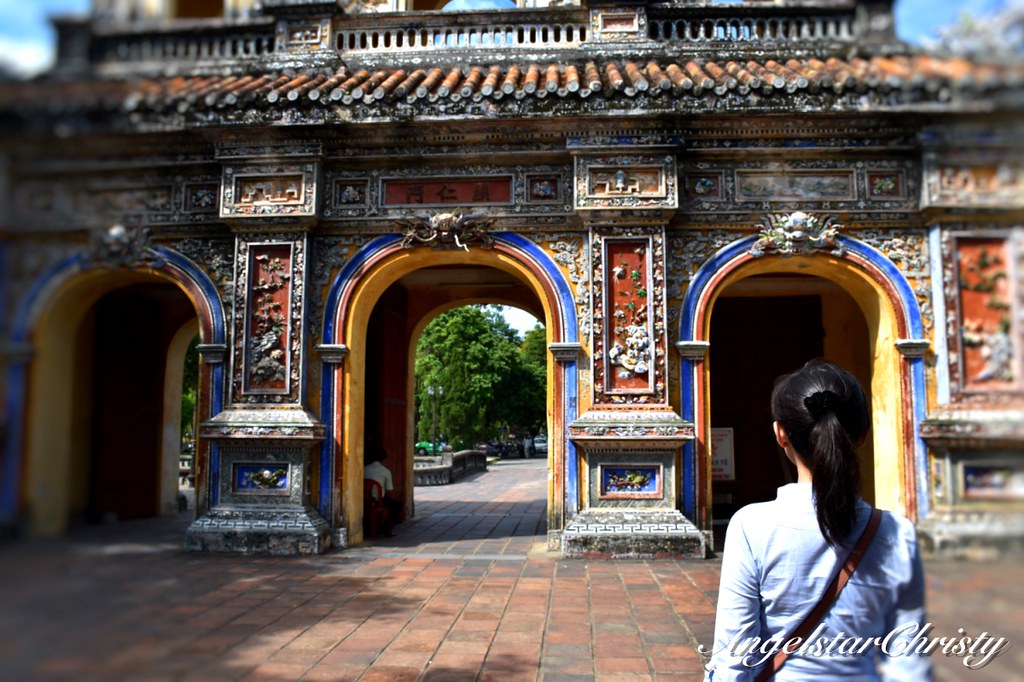
Inspired by the Forbidden City of Beijing, the Imperial City of Hue is a model of the magnificent home for the royal family right here in the backyard of Southeast Asia.
Constructed during the Nguyen's ruling era and with the approval by China on the installation of Emperor Gia Long onto the throne in 1804, the palace was intended as the residence of the royal family with fortified defense against the external intrusion.
The building works commenced following the advices of geomancy on the best and most auspicious site.
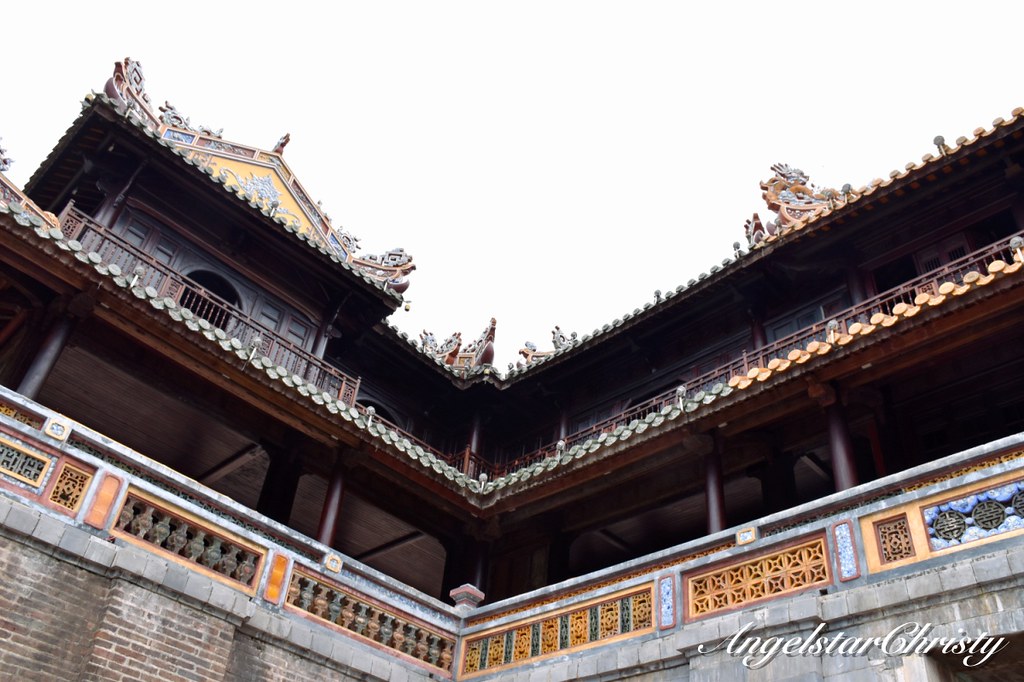
The site was intended as a citadel and similarly to the Forbidden City in China, the Imperial palace will be constructed within the citadel; strengthening the protection against the outer invasion to maintain the security of the royal family residing on the inner citadel.
This inner citadel is only accessible to the royal family, and marks the Imperial Forbidden City.
Based on the geomancy calculations, the citadel in Hue is positioned towards the direction of the Huong River in the east, differing in this aspect from Beijing's Forbidden City which was oriented towards the south.
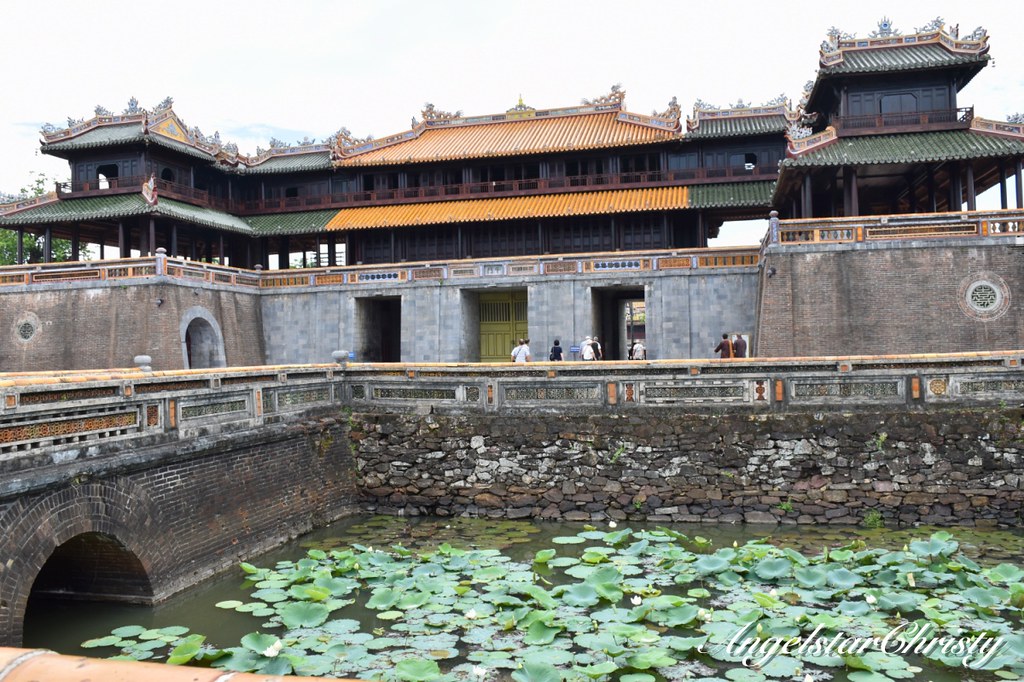
The citadel is established with strong walls and a surrounding moat, a fortification strategy combining both architectural and divination basis which alas, did not serve enough to preserve the imperial city from the destruction which landed upon it in the years after, with the invasion of the Viet Cong from the North in the Tet Offensive followed by the pursuing attacks from South Vietnam along with the U.S. military, to capture Hue which saw Hue engaged in the long and bloody struggle in the Battle of Hue.
What was originally a complex of more than hundreds of buildings saw a major decline as the warring battles swept through the defending walls, destroying almost every structure to the remaining handful of less than a dozen left standing on the grounds, amidst the blaze and rubbles.
It was a shattering sight, ripping the pride of the majestic citadel, once standing tall in its glory, to its forlorn state of shameful shreds.
It is not just a physical destruction, but also one that tore away at the very soul of the citadel's existence.
Ghosts of the dreadful past continue to haunt the citadel, evident through the depressing corridors which are now quiet and serve as exhibits to the modern visitors and the walls could barely conceal the glaring scars of the gaping holes through them, made by the penetrating bullets during the invasion, now visited by the shrills of the winds passing through them, as though mocking them in disgrace.
The Imperial City of Hue is the capital of the Nguyen's pride and glory, and the symbol of the ancient capital's prestigious legacy which diminished through the brutalities of the power struggles and war, left with remnants of the violation as reminders.
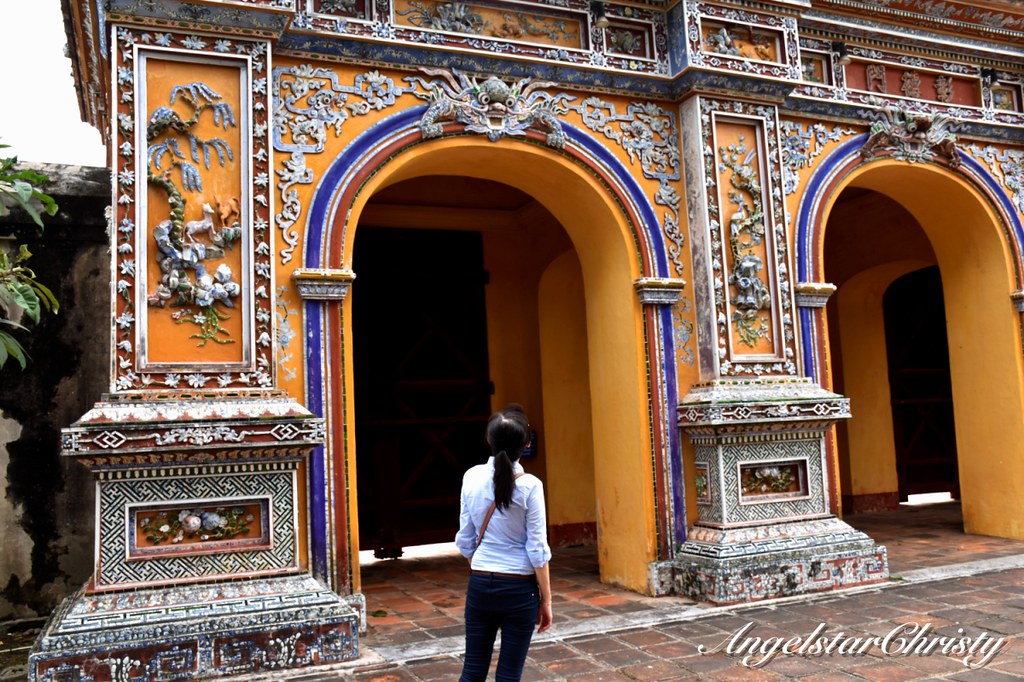
Restoration works are underway to reconstruct parts of the buildings to return part of its honour and glory to the once eminent city, but the bitter memories of the past remains to be seen and felt as one walks the grounds of the Imperial City.
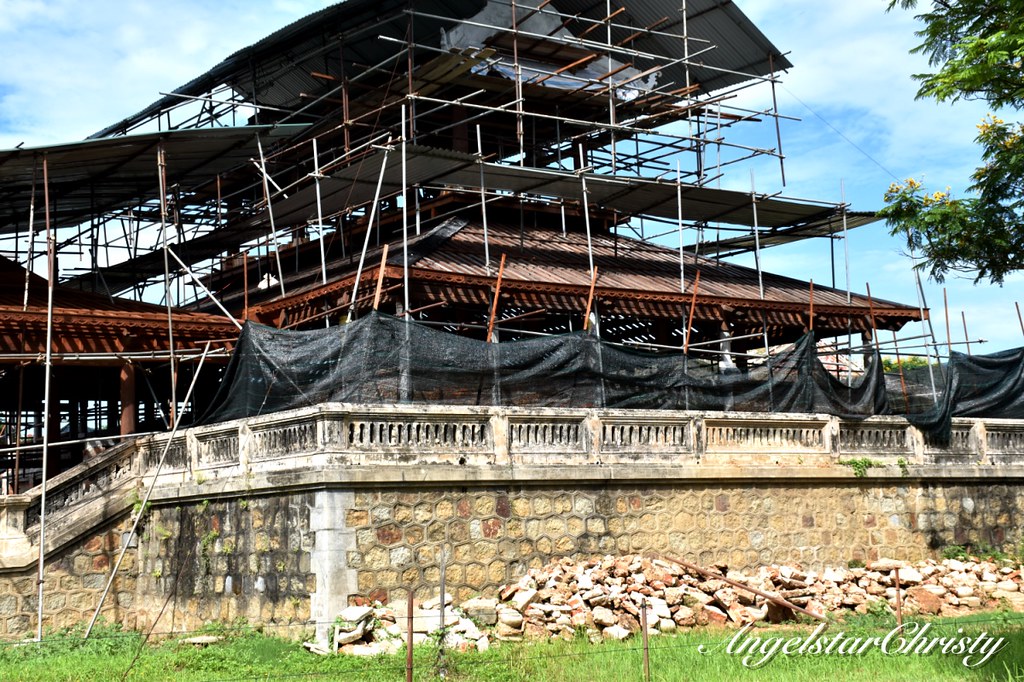
The flag tower now bears the country's flag, where the warring North and South are now unified as one, bearing witness to the changes of time and the turn from the tumultuous past to the peace and development today.

Grand banquets and celebrations which once heard songs of cheer and happiness along with laughter and lively banter in the Pavilion of Splendour, chanting verses of prayers in The Mieu, and the assembly hall in the Hall of Supreme Harmony once brimming with importance are now bouncing with echoes and devoid of life outside visiting hours.
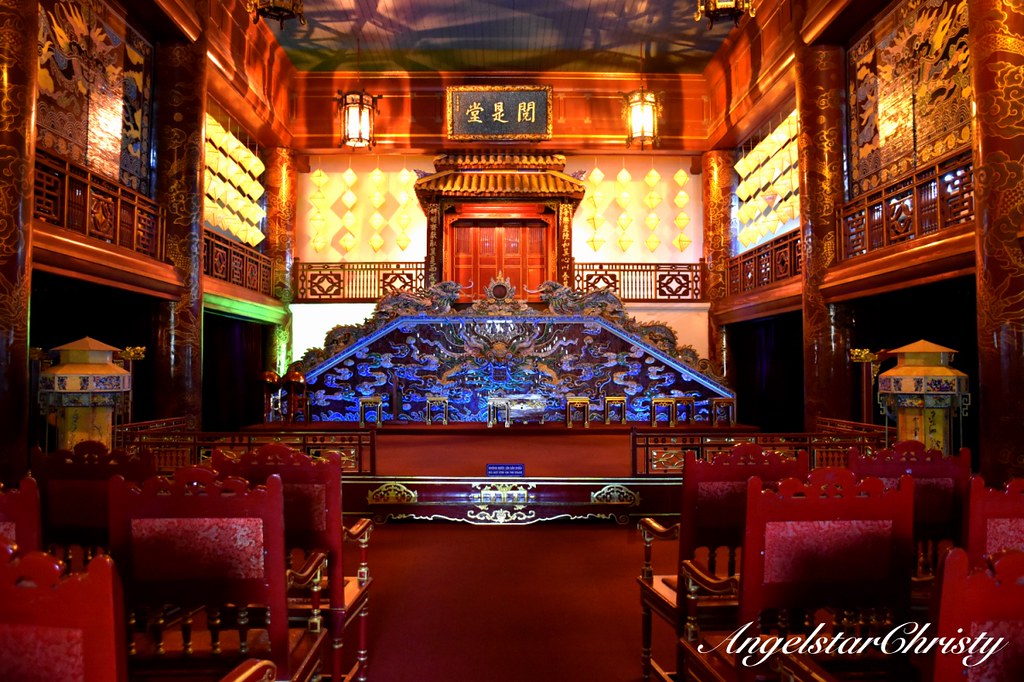

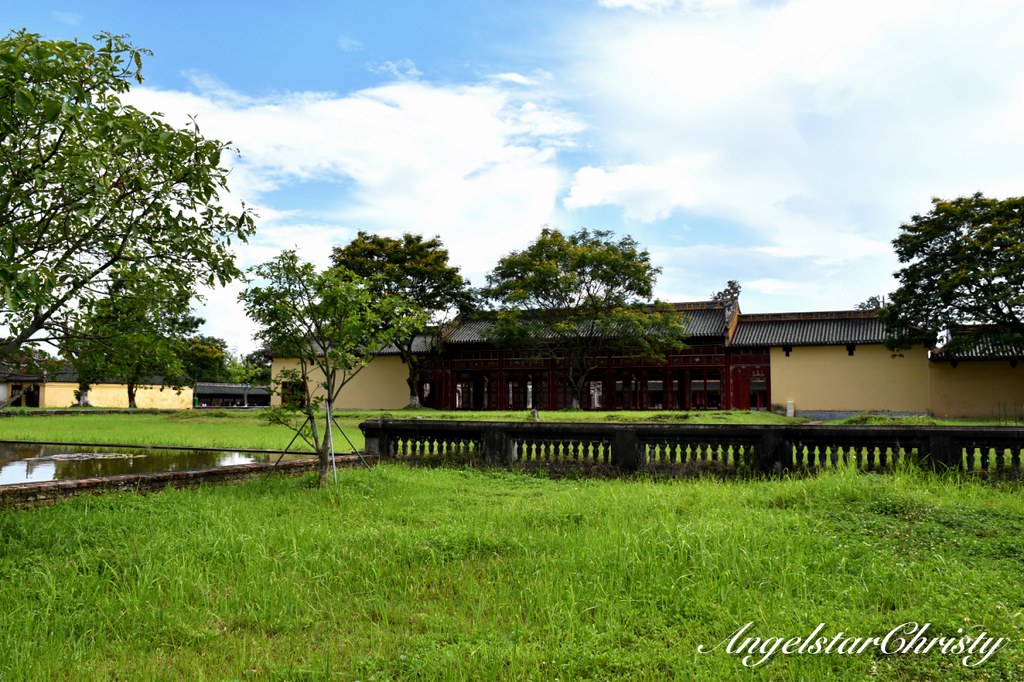
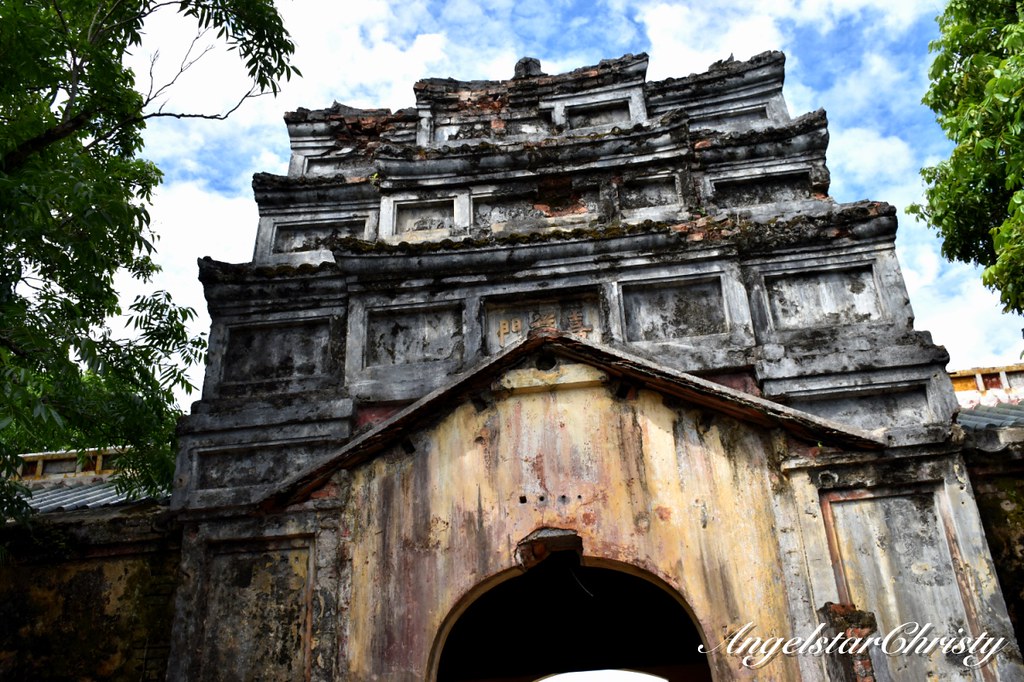
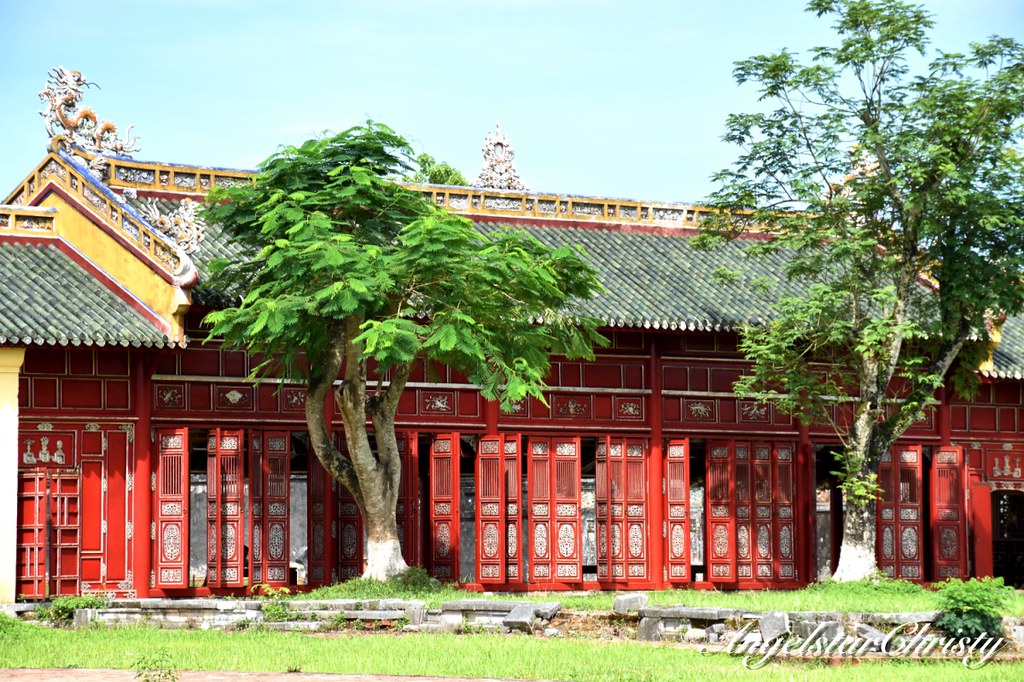
Even the gardens are only left with the rocks and the sounds of light splashing in the water with the swishing of the fish swimming underneath the green tones.
It is a shadow of its former self, and though it is now well-preserved and maintained, the scars remain very much as painful reminders of the tragic past here.
A UNESCO site since 1993, the Imperial City of Hue remains in its bittersweet glory and it will never forget the laughter and cries from the echoing past, looming in its midst from time to time.
It is one to admire, to wonder, to remember and to reminisce, while similarly mourn and despair its fateful end.
The Imperial City of Hue leaves much to ponder upon, and one who visits, will never bear to forget, the trails of the forbidden past which will last as memories for eternity.

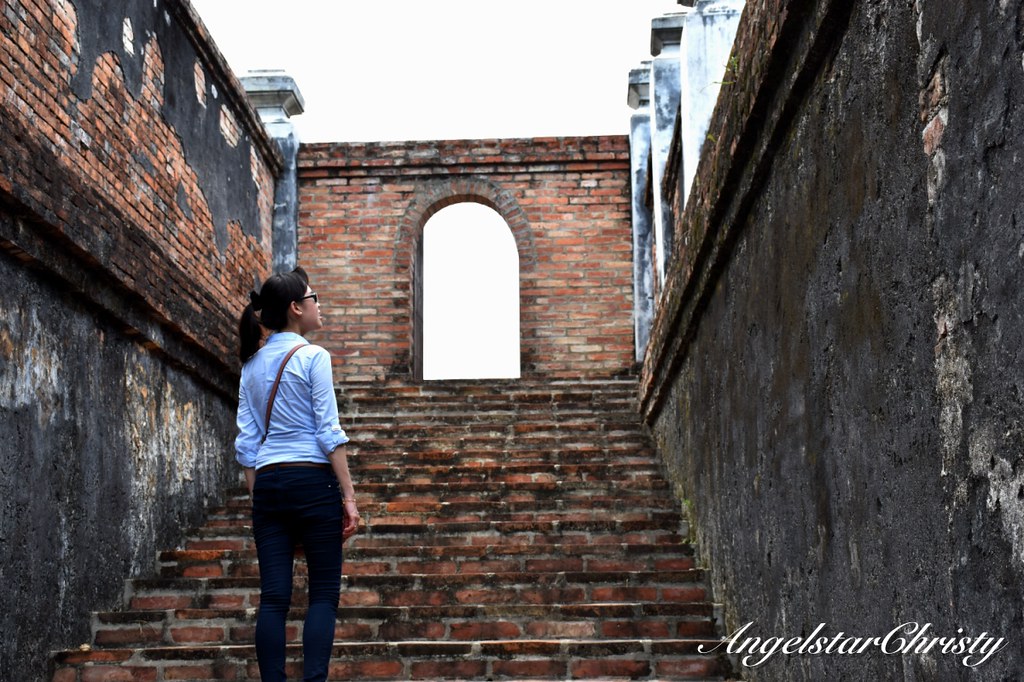
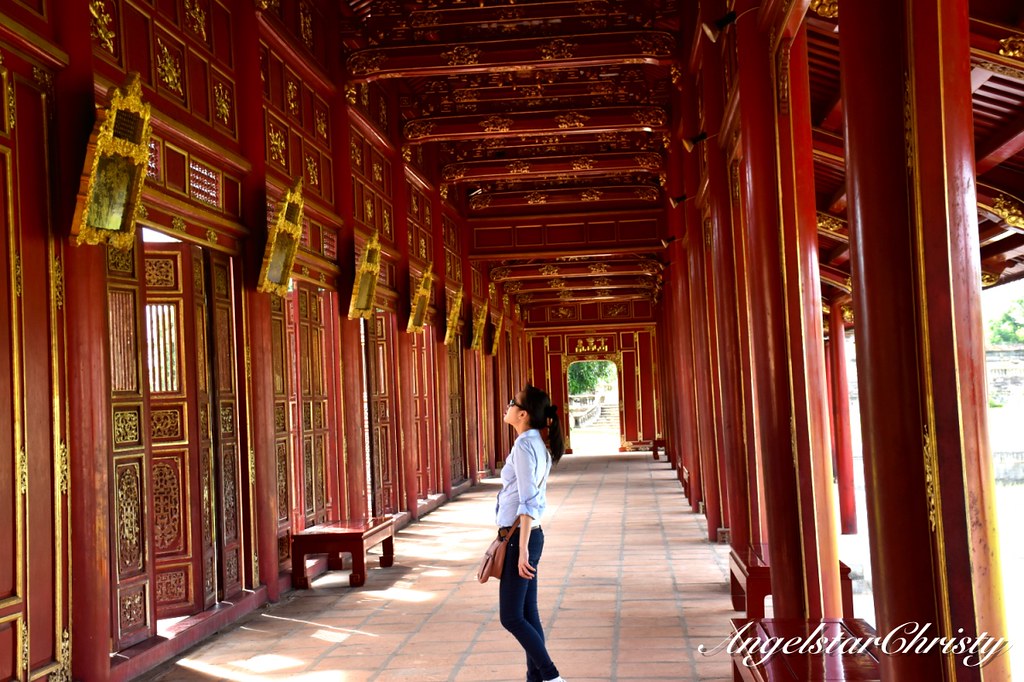
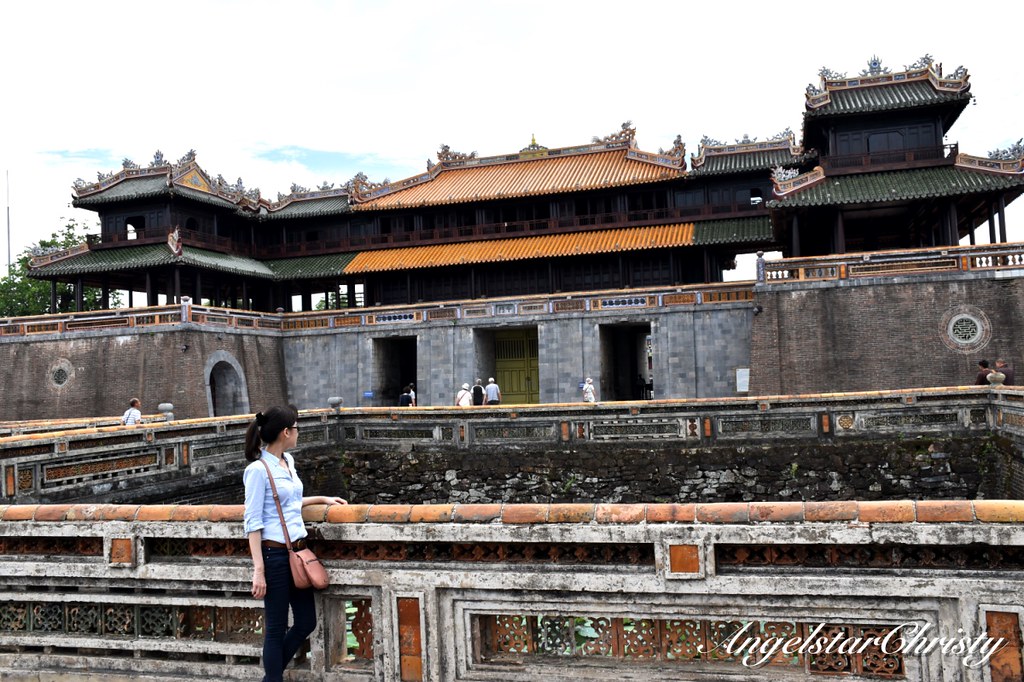
You do not have to agree with me.
Art Direction and Photography Styling by Me.
Photos/Videos all belong to me and are copyrighted.
Please kindly ask for permission if you need to use any of my images.
Check out my Pinterest @Angelstarc
Follow me on my live updates on my life, happening on SNAPCHAT @angelstarchrist



0 comments